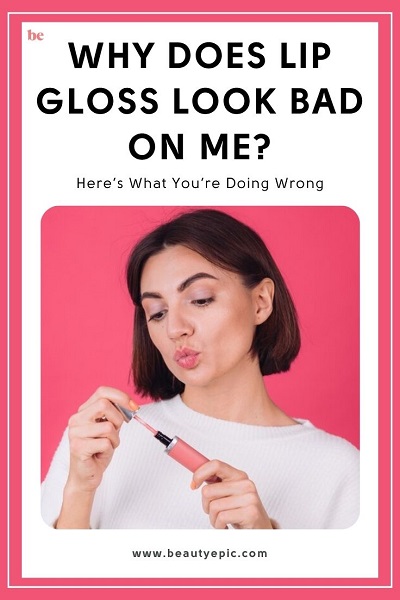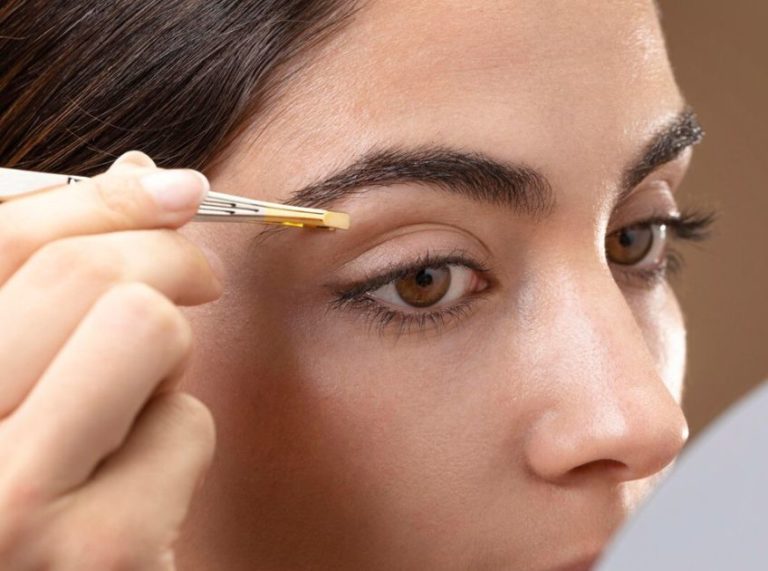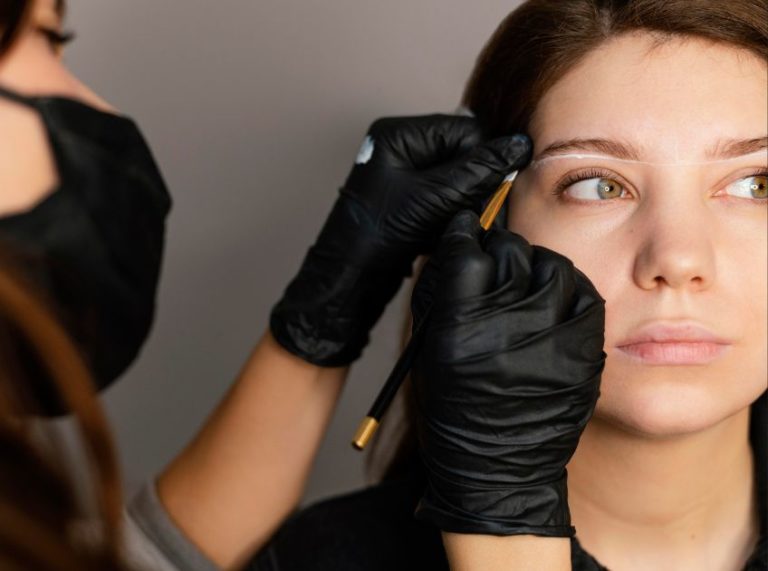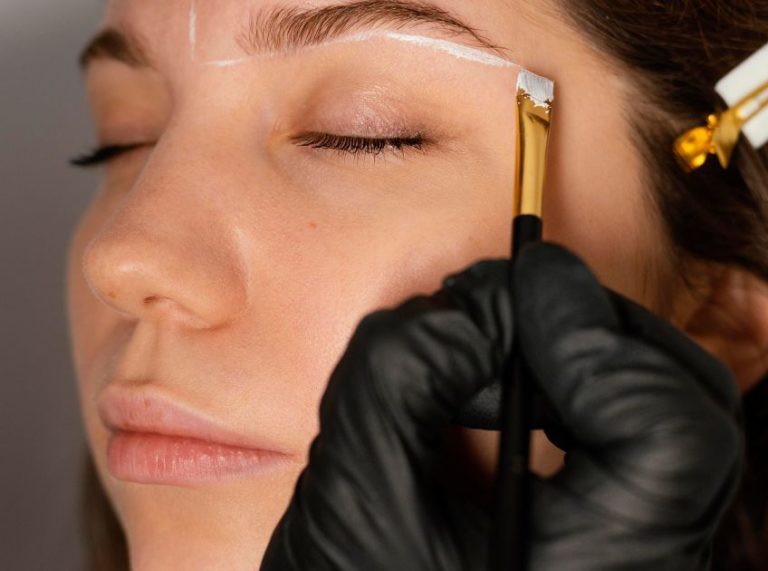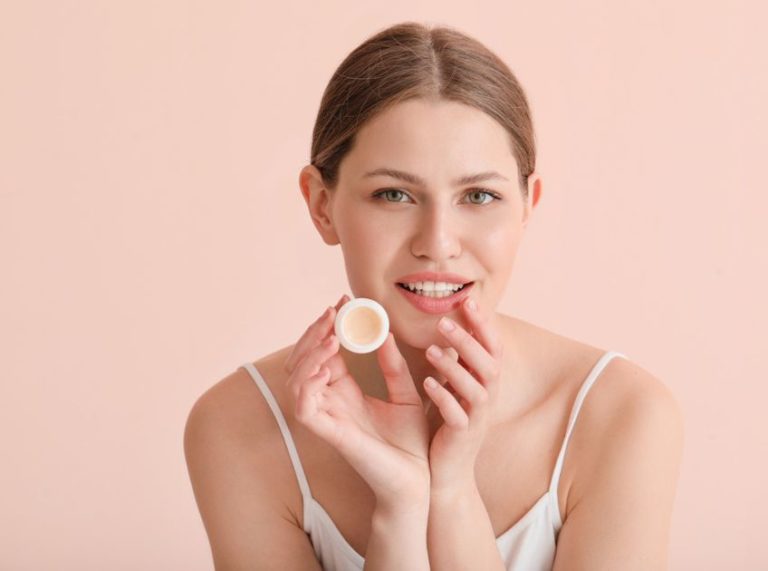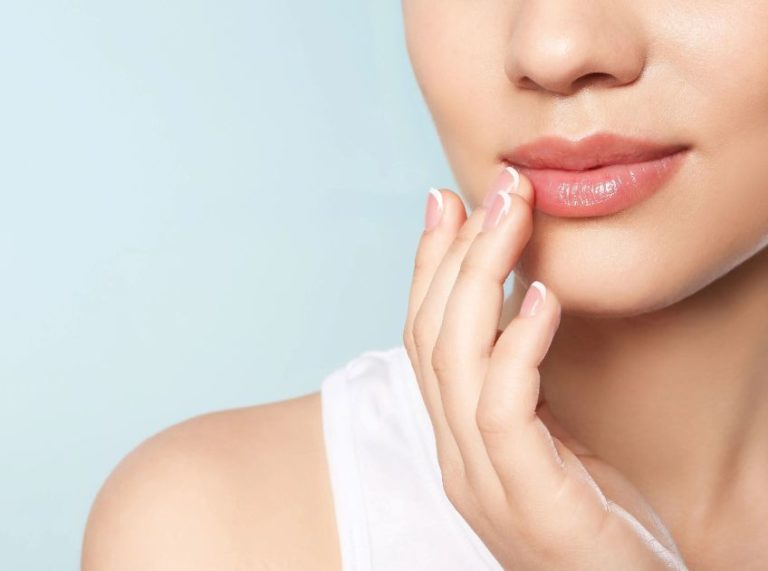
Important: This article is for informational purposes only. Please read our full disclaimer for more details.
If you’ve ever applied lip gloss expecting a flawless, plump pout—only to be disappointed by the way it looks—don’t worry, you’re not alone. For some, lip gloss can feel greasy, settle into lip lines, or wash out the complexion altogether. The truth is, when lip gloss doesn’t look right, the issue is usually a mismatch in tone, texture, or application, not your lips themselves.
This guide breaks down the most common reasons lip gloss might look bad on you and how to fix it with expert tips and product awareness. Whether you’re a makeup beginner or a beauty enthusiast, mastering gloss starts with understanding what suits your unique face.
1. You’re Using the Wrong Shade for Your Skin Tone
One of the most common mistakes is picking a gloss shade that clashes with your natural undertones.
- Fair skin: Soft pinks, peachy nudes, and rose shades work well. Avoid dark browns or overly frosty colors that overpower your features.
- Medium/olive skin: Rich corals, warm nudes, and berry glosses complement beautifully. Pale nudes can make lips look gray.
- Deep skin: Go bold with plum, chocolate, and wine glosses. Steer clear of milky pinks or cool-toned pastels—they can look ashy.
Expert tip: Always swatch gloss on your lips, not your hand. Lip pigmentation can alter how a color appears once applied.
2. You’re Skipping Lip Prep
Gloss doesn’t work well on dry, flaky lips. Since it reflects light, it can emphasize texture and cracks more than matte formulas.
Fix it:
- Use a sugar scrub or soft toothbrush to exfoliate lips 2–3 times a week.
- Follow with a nourishing balm.
- Apply gloss once your lips are smooth and hydrated.
Smooth lips = better shine and even color payoff.
3. The Gloss Formula Isn’t Right for You
Glosses come in different finishes—some sticky and thick, others lightweight and slick. What works for one person may not for another.
- Sticky glosses: Often long-lasting, but can feel heavy.
- Sheer glosses: Offer subtle shine but may disappear quickly.
- Pigmented glosses: Provide color but may bleed or fade unevenly.
If your gloss fades fast or feels uncomfortable, try a hybrid formula (balm-gloss or gloss-oil) for comfort and color.
4. You’re Wearing It Without Liner or Base
Lip gloss tends to migrate or feather, especially if applied without structure. That leads to an unpolished or “messy” look.
Solution
- Use a lip liner to define the shape.
- Try a tinted lip balm or nude lipstick as a base to help gloss grip better.
- Apply gloss at the center of your lips and blend outward—don’t over-layer.
This simple tweak adds definition and helps gloss stay in place.
5. You’re Over-Applying Gloss
It’s tempting to load on the shine, but too much gloss can look greasy, sticky, or uneven.
Less is more—especially with high-shine or plumping formulas. A single swipe at the center of your lips is often enough. You can build up if needed.
Overdoing it can also highlight fine lines or lip texture, making lips appear smaller, not fuller.
6. The Gloss Has Too Much Glitter or Frost
Shimmer glosses can be fun, but when they contain large glitter particles or heavy frost, they can look dated or unflattering, especially under bright light.
Choose glosses with:
- Micro-shimmer for a soft glow
- Creamy finishes for a fuller effect
- Light-reflective oils instead of chunky sparkle
This gives your lips a healthy, luminous look without overwhelming your face.
7. Your Natural Lip Color Interferes With the Gloss Shade
If your lips are very pigmented (deep red or brown), sheer glosses may not show up well, or worse, appear patchy or off-color.
Fix it
- Apply a dab of concealer to neutralize your lip tone before gloss.
- Opt for glosses with stronger pigmentation or a tinted base.
- Use a lip stain underneath to add dimension and lasting color.
This allows the gloss shade to show up true to color and flatter your features.
Frequently Asked Questions (FAQ’S)
Q1: Why does lip gloss make my lips look smaller instead of bigger?
A. Lip gloss can flatten the appearance of lips if it lacks contrast or is applied unevenly. Use a lip liner and place gloss only in the center of your lips to create a fuller illusion.
Q2: Can I wear lip gloss if I have dark or pigmented lips?
A. Yes! Just avoid overly sheer glosses. Look for pigmented glosses or layer a nude lipstick underneath to create a neutral canvas.
Q3: Why does lip gloss settle into my lip lines?
A. This happens when lips are dry or the gloss is too thin. Exfoliate regularly and use a plumping or smoothing gloss with hyaluronic acid or nourishing oils.
When lip gloss looks bad, it’s rarely your fault. It’s usually about choosing the wrong shade, applying too much, or ignoring your natural lip tone and texture. By understanding your skin tone, prepping your lips, and picking the right formula, you can turn any gloss into a flattering, go-to essential.
Lip gloss is meant to enhance your look, ot ruin it. So the next time you feel it’s not working, try a new strategy, not a new face.
